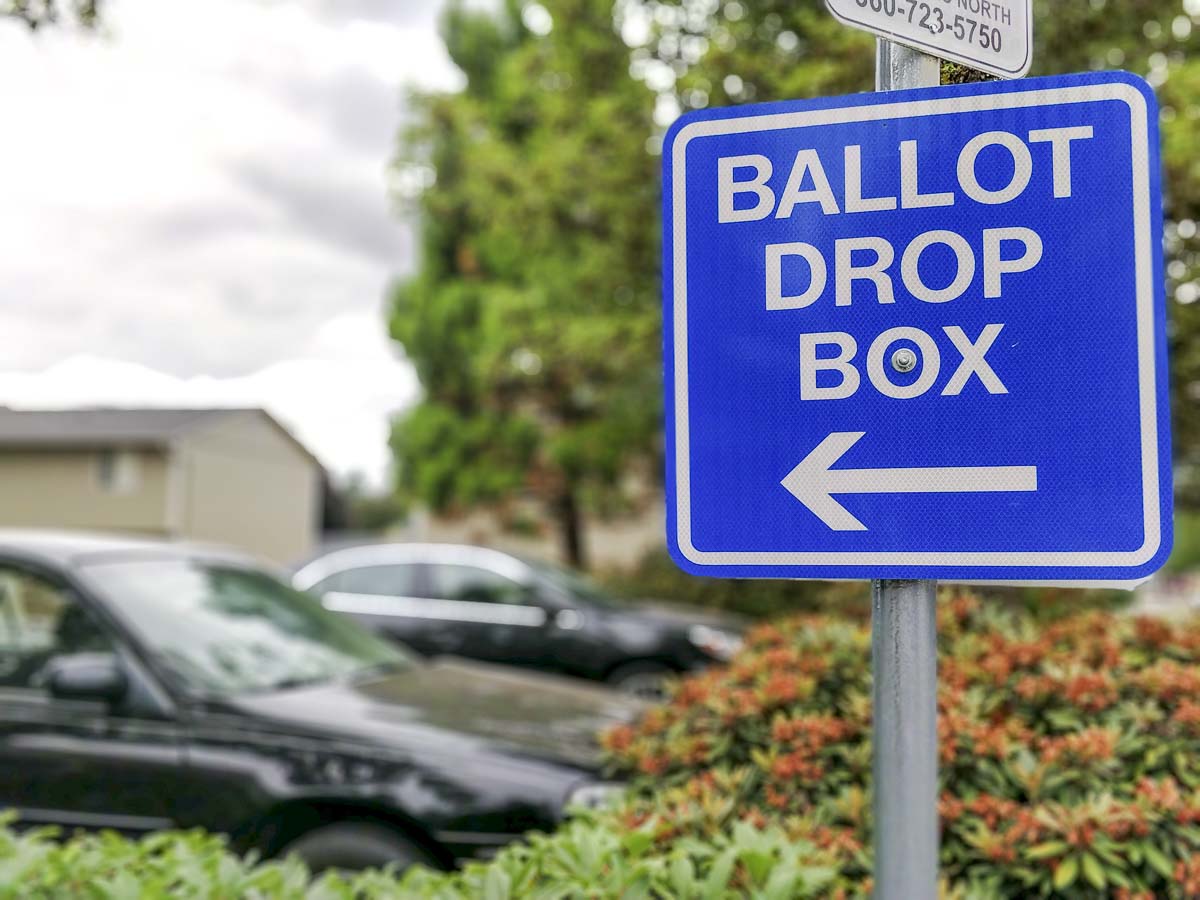Turnout could hit 38 percent, near the high of 40 percent for a primary election in Washington state
CLARK COUNTY — Believe it or not, the August primary election is this Tuesday. That means, if you haven’t gotten your ballot by now you should contact the Clark County Elections office immediately, either by phone (564-397-2078), e-mail (elections@clark.wa.gov) or in person by visiting their office at 1408 Franklin Street to request a replacement ballot.

The contest receiving the most attention is the statewide senate race for the seat currently held by Maria Cantwell. A total of 28 other candidates filed to challenge the incumbent, who is seeking her fourth term in the nation’s capital. The 29 candidates nears the record of 33 set during the 1983 special election to fill the seat of Washington Senator Henry “Scoop” Jackson who died while in office.
Washington is the first state to go with a top two primary, meaning the two top vote getters, regardless of party preference, will go on to the general election in August. That means Cantwell could, conceivably, face another democrat in November. With 13 registered Republicans in the race, it’s hard to say who has the best shot of getting through this Tuesday.
Vancouver’s Joey Gibson, leader of the controversial pro-Trump Patriot Prayer group, is hoping to pull off an upset, but had raised just over $8,000 as of July 10 according to OpenSecrets.org. Cantwell is outraising her closest competitor, Republican Rocky De La Fuente, by nearly 9 to 1.
In the 3rd Congressional District, Republican incumbent Jaime Herrera Beutler faces six challengers. Democrats David McDevitt and Carolyn Long are closest in overall fundraising, but Herrera Beutler had almost $600,000 more in the bank as of July 18 according to OpenSecrets.org.
Here locally, voters will be deciding on a county chair, two county council district races, a Vancouver City Council seat, a new treasurer, and more. One proposition is on the ballot for people covered by Clark County Fire District 13. Proposition One would allow an exemption to the 1 percent property tax levy limit, and restore FD 13’s property tax levy to the previous rate of $1.25 per $1,000 of assessed value.
Clark County Auditor Greg Kimsey says turnout for the primary has been fairly strong to this point. “We’re thinking it’s going to run around 38 percent for the primary,” says Kimsey. He says primary races can run as low as 25 percent turnout, or as high as 40 percent, so this year is on the high end.
“What we don’t know is what effect the prepaid postage is having,” Kimsey says. “Is that causing people to return their ballots earlier? We believe it’s resulting in a reduction of people using the drop boxes.”

This is the first year that voters don’t have to use up a stamp to put their ballot in the mail. Earlier this year, King County approved funding to provide prepaid envelopes for voters there.
“A real important principle of election is that all voters in a jurisdiction are treated the same,” says Kimsey. “And so the Secretary of State’s office and the Governor’s office provided funding to the other 38 counties to provide that kind of consistency of elections processes across the state.”
Since much of the funding for that prepaid postage came from one-time funds, Kimsey says it’s unclear if the state will continue to provide it. His office has already put in a request for $100,000 from the county for next year to keep the prepaid option alive. In the meantime the various county auditors will be pushing the legislature to provide permanent funding.
“King County will continue to provide prepaid postage in the future, so I just think it’s really important that we have the same process across the entire state,” says Kimsey.
If you haven’t already mailed your ballot in, you’re running out of time to make sure it gets counted. They need to be postmarked no later than 5 p.m. on Tuesday.
“I would encourage people to either take it to the post office and give it to a real live person, or take it to one of our drop boxes,” Kimsey says. “We’ve got a lot of them around.”
You can find a list of dropbox locations here: https://www.clark.wa.gov/elections/ballot-deposit-locations
The vote-by-mail process now allows ballots to be scanned as they arrive. The data is stored securely on magnetic disks, via computers that are not connected to the Internet. That allows the county to have preliminary counts online by around 8:20 pm on Tuesday.
Stick with ClarkCountyToday.com, as well as our social media feeds, for results as they come in.




